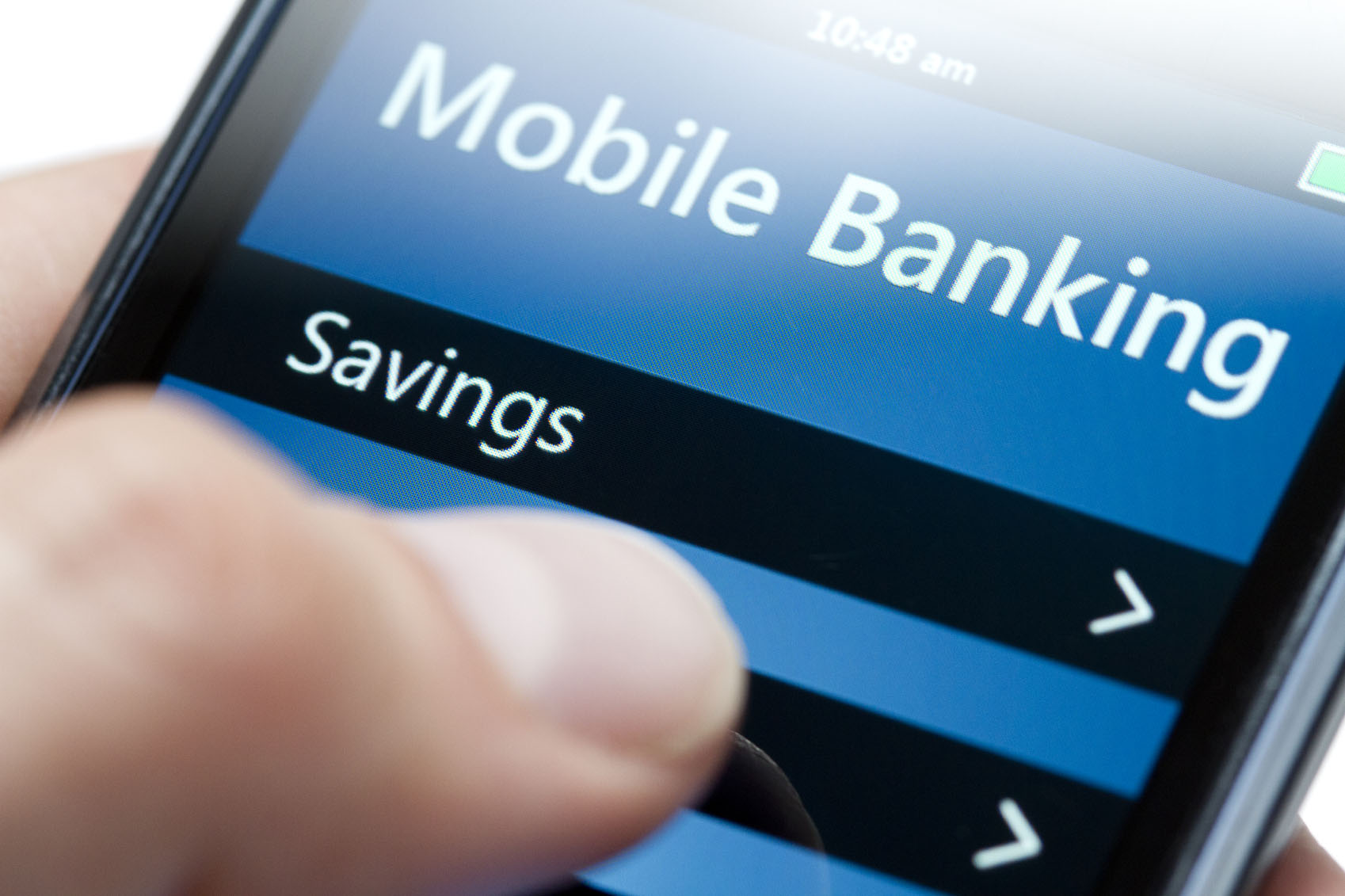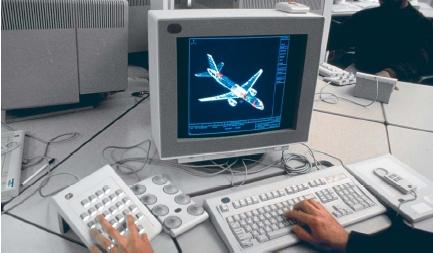Personal network
 A personal network is a set of human contacts known to an individual, with whom that individual would expect to interact at intervals to support a given set of activities. In other words a Personal Network is a group of caring, dedicated people who are committed to maintain a relationship with a person in order to support a given set of activities. Having a strong personal network requires being connected to a network of resources for mutual development and growth.
A personal network is a set of human contacts known to an individual, with whom that individual would expect to interact at intervals to support a given set of activities. In other words a Personal Network is a group of caring, dedicated people who are committed to maintain a relationship with a person in order to support a given set of activities. Having a strong personal network requires being connected to a network of resources for mutual development and growth.
Personal Network can be understood by: • who knows you • what you know about them • what they know about you • what are you learning together • how you work at that[1]
Personal networks are intended to be mutually beneficial–extending the concept of teamwork beyond the immediate peer group. The term is usually encountered in the work place, though it could apply equally to other pursuits outside work.
Personal networking is the practice of developing and maintaining a personal network, which is usually undertaken over an extended period.
Personal networking is often encouraged by large organizations, in the hope of improving productivity, and so a number of tools exist to support the maintenance of networks. Many of these tools are IT-based, and use Web 2.0 technologies.
Care should be taken not to confuse a personal network with a Personal area network
Personal Network Management
Personal Network Management (PNM) is a crucial aspect of Personal Information Management and can be understood as the practice of managing the links and connections for social and professional benefits. Some ways to do this would be: • being authentic and consistent • paying attention to status updates • following wisely • contributing • seeking to be worth knowing • appropriate tagging.








